Vehicle audio is equipment installed in a car or other vehicle to provide in-car entertainment and information for the vehicle occupants. Until the 1950s it consisted of a simple AM radio. Additions since then have included FM radio (1952), 8-track tape players, cassette players, record players, CD players (1984), DVD players, Blu-ray players, navigation systems, Bluetooth telephone integration, and smartphone controllers like CarPlay and Android Auto. Once controlled from the dashboard with a few buttons, they can now be controlled by steering wheel controls and voice commands.
Initially implemented for listening to music and radio, vehicle audio is now part of car telematics, telecommunication, in-vehicle security, handsfree calling, navigation, and remote diagnostics systems. The same loudspeakers may also be used to minimize road and engine noise with active noise control, or they may be used to augment engine sounds, for instance making a smaller engine sound bigger.
History
In 1904, well before commercially viable technology for mobile radio was in place, American inventor and self-described "Father of Radio" Lee de Forest demonstrated a car radio at the 1904 Louisiana Purchase Exposition in St. Louis.
Around 1920, vacuum tube technology had matured to the point where the availability of radio receivers made radio broadcasting viable. A technical challenge was that the vacuum tubes in the radio receivers required 50 to 250 volt direct current, but car batteries ran at 6V. Voltage was stepped up with a vibrator that provided a pulsating DC which could be converted to a higher voltage with a transformer, rectified, and filtered to create higher-voltage DC.
In 1924, Kelly's Motors in NSW, Australia, installed its first car radio.
In 1930, the American Galvin Manufacturing Corporation marketed a Motorola branded radio receiver for $130. It was expensive: the contemporary Ford Model A cost $540. A Plymouth sedan, "wired for Philco Transitone radio without extra cost," was advertised in Ladies' Home Journal in 1931. In 1932 in Germany the Blaupunkt AS 5 medium wave and longwave radio was marketed for 465 Reichsmark, about one third of the price of a small car. Because it took nearly 10 litres of space, it could not be located near the driver, and was operated via a steering wheel remote control. In 1933 Crossley Motors offered a factory fitted car radio for £35.[8] By the late 1930s, push button AM radios were considered a standard feature. In 1946, there were an estimated 9 million AM car radios in use.
An FM receiver was offered by Blaupunkt in 1952. In 1953, Becker introduced the AM/FM Becker Mexico with a Variometer tuner, basically a station-search or scan function.
In April 1955, the Chrysler Corporation announced that it was offering a Mopar model 914HR branded Philco all transistor car radio, as a $150 option for its 1956 Chrysler and Imperial car models. Chrysler Corporation had decided to discontinue its all transistor car radio option at the end of 1956, due to it being too expensive, and replaced it with a cheaper hybrid (transistors and low voltage vacuum tubes) car radio for its new 1957 car models. In 1963, Becker introduced the Monte Carlo, a tubeless solid state radio with no vacuum tubes.
From 1974 to 2005, the Autofahrer-Rundfunk-Informationssystem was used by the German ARD network.[13] Developed jointly by the Institut für Rundfunktechnik and Blaupunkt, it indicated the presence of traffic announcements through manipulation of the 57kHz subcarrier of the station's FM signal. ARI was replaced by the Radio Data System.
The AM/FM radio combined with a CD player has remained a mainstay of car audio, despite being obsolescent in non-car applications.
In the 2010s, internet radio and satellite radio came into competition with FM radio. By this time some models were offering 5.1 surround sound.
If you want to read more, go here: https://en.wikipedia.org/wiki/Vehicle_audio
- 1 (1-1/4-pound) pork tenderloin
- 1 teaspoon steak seasoning
- 4 bacon slices
- 1/2 cup apple jelly, melted
- Preheat oven to 375º. Coat a rimmed baking sheet with cooking spray.
- Sprinkle pork with steak seasoning on all sides. Wrap bacon slices around pork and place on prepared pan.
- Bake pork tenderloin 25 minutes, remove from oven, and brush jelly over pork. Return to oven and bake 5 to 10 more minutes, or until desired doneness.
****For that extra special touch, saute apple slices in some extra apple jelly and serve with pork.









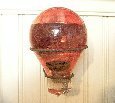
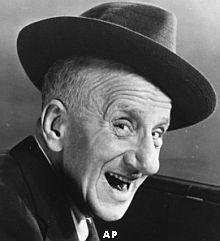

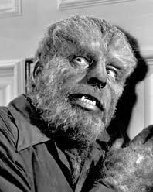
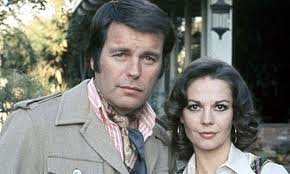
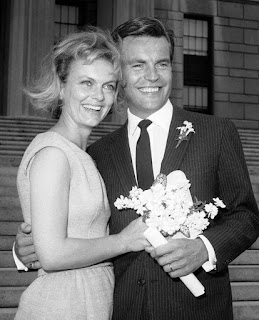


1 comment:
Happy umbrella day! Happy to report I won’t need one today. :-) last summer, in Europe, the weather, the weather blew out three of mine who out three of mine.
The Chinese weather balloon incident, my take is slightly different. Thanks to their brazenness and our patience- what an opportunity to spy on them! May this opportunity not be squandered.
The pork flavor combo is making me salivate!
Post a Comment